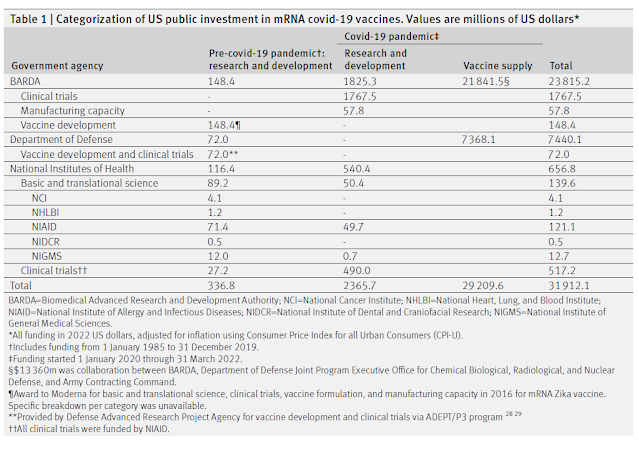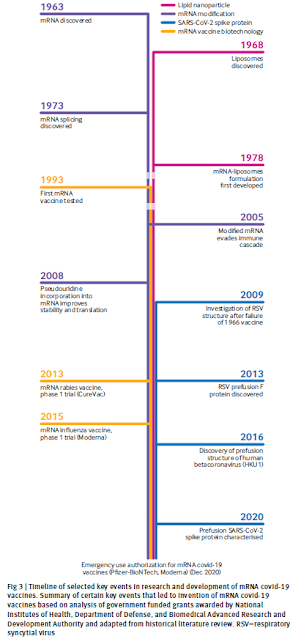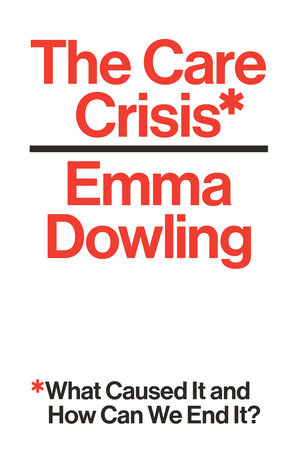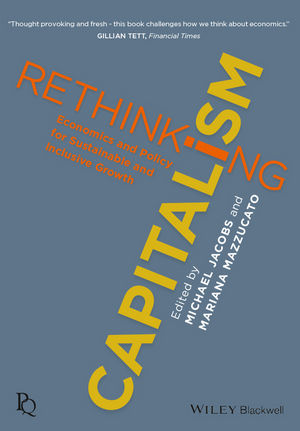Aquesta és una pregunta que em fan de forma repetida. Acabo una conferència sobre crisi econòmica i salut, i després privadament em mostren la preocupació davant tanta incertesa. Moments després sorgeix la qüestió clau. Jo sempre responc que hi ha dos nivells, l'individual i el social. La resposta individual la donem amb el nostre comportament i decisions en l'àmbit professional, entre d'altres. I per tant els retorno la pregunta, amb una reflexió. Els dic que segurament coneixen aspectes que cal millorar, iniciatives que impulsen l'eficiència i les han deixades per un altre dia, aquest altre dia ha arribat.
La resposta social és més complexa de formular, perquè cal destriar qui té la decisió i sobre què la té. En aquest blog hi ha diverses entrades que van en aquest sentit. Però els acabo dient que la política sanitària en aquest moment necessita de política en majúscules. Just el contrari del que observem. És la confiança i la credibilitat de la política, la característica clau que necessita el moment que vivim. (I si miro el diari d'avui ja s'anuncia que caldrà modificar el decret del dimarts pels desgavells que provoca, molts ja ho sabíem des del primer moment.)
Com que el problema profund va més enllà de la política sanitària, ens convé resoldre els fonaments abans de posar parets. I avui en Ferran Requejo ho fa magníficament a
LV. Explica els tres escenaris: seguir, canvi de govern o convocatòria d'eleccions. Els escenaris 2 i 3 són complementaris, i s'enfoquen cap a l'Estat propi.
L'anàlisi que en fa és encertada i venint de qui ve, cal tenir-la en compte.
PS. Nou
EUROHEALTH sobre Financial Crisis and Health Systems.
PS. Lectures:
Skidelsky,
XSM,
Guillem López-Casasnovas,
Krugman i
Krugman.
PS. I avui sobretot toca llegir
WSJ que va sobre Catalunya.
Catalans have additional reasons to question the Spanish government's
capacity for change. Of late Mr. Rajoy has been blaming Spain's
regional governments for the country's deficit overruns, saying that
wayward local spending had jeopardized the entire nation's
creditworthiness. Madrid has threatened to intervene in the regional
governments' budgets if they don't tidy their books on their own.
Carlos III put Spain on the road to overinvestment.
But
according to Andreu Mas-Colell, Catalonia's economy minister, the real
story is a little different. He explains that with the exception of the
Basque Country, Spain's 17 regions enjoy spending autonomy but almost no
revenue autonomy. It's up to the central government to decide how
nationwide revenue gets distributed between regions, and there's no
guarantee that what a region's citizens pay to Madrid is returned
euro-for-euro in funding to that region.
That means the central government can
make its own budget shortfalls look smaller—and the regional
governments' look bigger—simply by keeping more of the revenue pot to
itself.
The result? Catalonia is the seat of
Spanish industry and one of the most important industrial districts in
Europe, lagging only the likes of Italy's Lombardy and the German Ruhr
in productivity. Yet each year since 1986, an average of 9% of
Catalonia's GDP in net terms has left the region to be redistributed or
spent by Madrid. In Spain, only the Balearic Islands surrender a larger
share of their annual output. Nowhere else in Europe or North America do
intra-national transfers of such size occur as a matter of course.
"In discretionary expenses we feel we
have been historically shortchanged," Mr. Mas-Colell says. "We represent
15% of the population, and we represent close to 18% in terms of GNP. .
. . In this year's budget, the investment in Catalonia is 11% of public
investment in Spain."
"There are inefficiencies in the
autonomous communities for sure," he adds. "But not to a larger extent
than the inefficiencies in the central administration. . . . Spain in
all its components has to gain on efficiency, on liberalization, on
flexibility."
Seen this way, Madrid's threats to
recentralize fiscal policy look like a political play that distracts
from reforms that could actually help the regional governments close
their budget gaps. Mr. Mas-Colell says that it's up to Madrid, for
instance, to make regulatory changes that would enable hospitals to
charge for prescriptions, meals and overnight stays, as his government
is trying to do.
He also notes that Barcelona has cut government employees' wages. Madrid hasn't.
It's a little bewildering that Madrid
would choose to inflame separatist feeling in Catalonia at a time of
national crisis. More than 40% of Catalans now say they'd support
seceding from Spain. But Madrid's centuries-long jiu-jitsu with the
regions suggests something about the national character, according to
Germà Bel, an economist at the University of Barcelona. Centralized
control, Mr. Bel told me, is in "the genetics of the Spanish state."
The example Mr. Bel and others like to
use is infrastructure investment, which Spain's leaders since the 17th
century have deployed to affirm their rule and proclaim the Spanish
nation. Today Spain, the fifth largest EU member state by GDP and by
population, has more international airports and more miles of motorways
than any other country in Continental Europe. It has more miles of
high-speed rail than any country in the world except China; it also has
the lowest ridership per mile of high-speed rail in the world. More
miles of high-speed rail are currently under construction in Spain than
in all other EU countries combined.
PS. I si encara teniu ganes de saber com es poden augmentar les inversions al sistema sanitari el 2011 en un 19,44 % en un sol any només heu de consultar
aquest document (p.4) i si voleu saber com es pot gastar un 22% més que Catalunya aneu a p.21. I la pregunta immediata és per què no ho hem fet nosaltres? I la resposta ja la sabeu. El problema el tenim a casa i té nom i cognoms.
PS.
Quan costa ser catalans?















